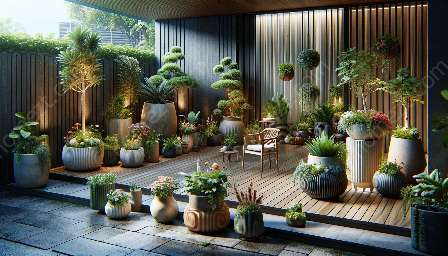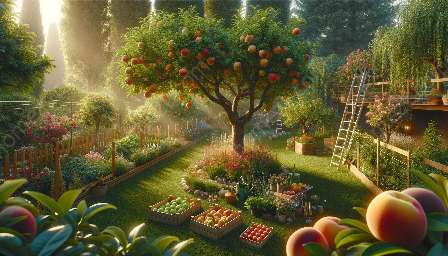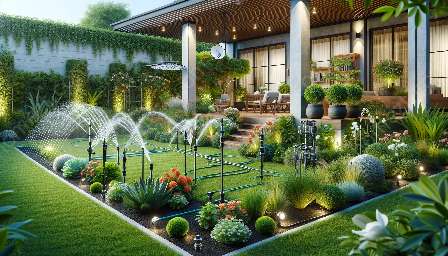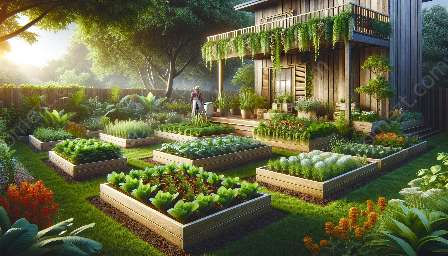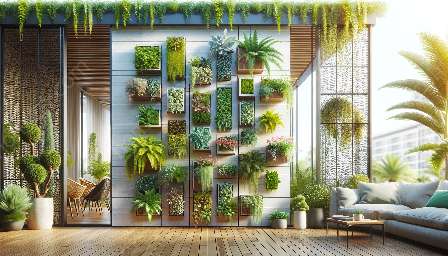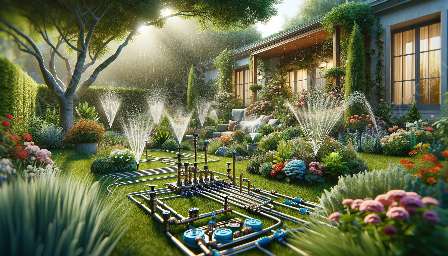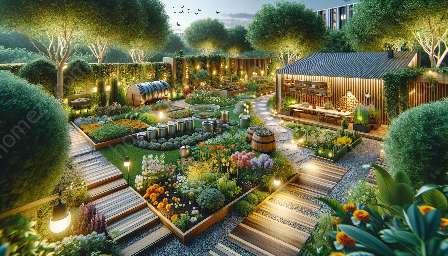In today's era of climate change, creating a drought-resistant landscaping design is not only a sustainable choice but also a practical solution for achieving a beautiful garden while conserving water. This article will provide valuable insights, tips, and techniques for implementing drought-resistant landscaping, catering to gardening and domestic services.
Understanding Drought-Resistant Landscaping
Drought-resistant landscaping, also known as xeriscaping, refers to the practice of landscaping with plants and materials that reduce or eliminate the need for supplemental watering. By utilizing native or adaptive plants, efficient irrigation systems, and sustainable design strategies, you can create a visually appealing and environmentally-friendly landscape that requires minimal water and maintenance.
Selecting Resilient Plants
When it comes to drought-resistant landscaping, selecting the right plants is crucial. Look for species that are native to your climate and are naturally adapted to survive with minimal water. Succulents, cacti, ornamental grasses, and Mediterranean plants are excellent choices for drought-resistant gardens. Their ability to store water and thrive in arid conditions makes them ideal candidates for a resilient landscape.
Efficient Irrigation Systems
Implementing water-efficient irrigation systems is essential for maintaining a drought-resistant garden. Consider installing drip irrigation, which delivers water directly to the roots of plants, minimizing water loss through evaporation and runoff. Rainwater harvesting systems and smart irrigation controllers can also help optimize water usage, ensuring that your garden remains lush and healthy without excessive water consumption.
Sustainable Design Ideas
Embracing sustainable design principles is key to creating a drought-resistant landscape. Incorporate hardscaping elements such as gravel paths, rock gardens, and mulched beds to reduce the need for water-intensive grassy areas. Grouping plants based on their water needs and utilizing natural topography to capture and retain rainwater are additional strategies for achieving a sustainable and visually captivating landscape.
Benefits for Domestic Services
Drought-resistant landscaping offers numerous benefits for domestic services. By minimizing water usage and maintenance requirements, you can reduce the overall cost of garden care and create a landscape that thrives with minimal intervention. Additionally, a well-designed drought-resistant garden enhances property value, curb appeal, and environmental sustainability, making it an attractive feature for homeowners and domestic service providers alike.
Conclusion
In conclusion, drought-resistant landscaping presents an environmentally-conscious and aesthetically pleasing approach to gardening and domestic services. By carefully selecting resilient plants, implementing water-efficient irrigation systems, and embracing sustainable design ideas, you can create a beautiful and low-maintenance landscape that withstands drought conditions with ease.
















